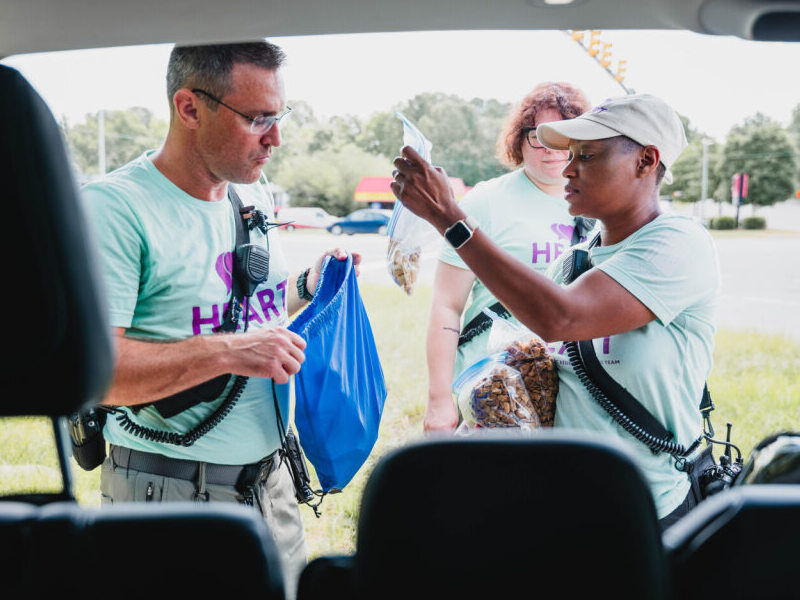
City of Durham, NC
HEART Program
Population greater than 50,000
As part of improving community safety and well-being, the City of Durham wanted to better understand why calls to emergency services were made. To do this, the City formed a coalition with other cities in North Carolina to research emergency service (9-1-1) calls. As a result of the research, the City discovered that limited options for call sorting led to increased calls for law enforcement when, in fact, law enforcement was not the appropriate response team. The City needed to go beyond the traditional options of police, fire, and emergency medical services (EMS) to meet community needs. Creating a fourth option would allow for requests for behavioral health, unmet needs of unhoused persons, and other quality of life concerns to be addressed by professionals trained to meet these needs.
The creation of the Durham Community Safety Department (DCSD) sought to meet these needs. Situated within the public safety portfolio, the DCSD took on the challenge of meeting the needs identified through the research study. To do this, they created the Holistic Empathetic Assistance Response Teams (HEART). The HEART program was built on four main principles:
Community Input
Cross Agency Collaboration
Data Analysis
Field Evidence
To ensure the HEART program accurately met community needs, the DCSD conducted several town halls and in-person workshops to involve community members in program design. As the program is multifaceted, several agencies and community services were involved in the planning. From behavioral health providers to public safety to schools of social work, DCSD brought all stakeholders together to ensure the best possible outcomes. While all of this work was taking place, 9-1-1 calls were still being analyzed to continue to determine volume and assess program needs. As this is an emerging field, DCSD also looked at other successful programs throughout the United States to ensure best practices were taken into consideration.
As a result, of the program planning, four main areas were developed under the HEART program—Crisis Call Diversion, Community Response Teams, Co-Response Programs, and Care Navigation. These four programs ensured that those who needed assistance through the HEART program were able to obtain care on the phone, in person, with a public safety professional if needed, and follow-up care to navigate complex health systems and ensure stability after initial assistance was provided.
At the initial launch, the program had 20 staff members and was available five days a week for eight hours per day. The one-year pilot showed so much success that the program was expanded to 50 staff members which increased availability to seven days a week for twelve hours per day. Since its launch, the program has responded to over 32,000 calls for service and has needed law enforcement support on 0.02% of the calls. HEART team responses saved law enforcement over 10,000 hours of response time which allows them to respond to violent crime and improve multiple aspects of community safety. Having HEART responders on scene is also associated with lower arrest rates and lower hospital transfers and higher rates of transport to community-based services than with traditional law enforcement response.
The HEART program has generated many best practices and DCSD has actively supported more than 60 jurisdictions interested in learning from the City of Durham’s success. The HEART program demonstrates that alternative responses can be safe; community response programs can co-exist and collaborate with law enforcement; 9-1-1 integration is crucial; and data can tell a powerful story. The HEART program has received national attention from many associations, nonprofits, and philanthropic organizations as well as media and state and federal agencies. The program’s success shows that a little HEART can go a long way.
